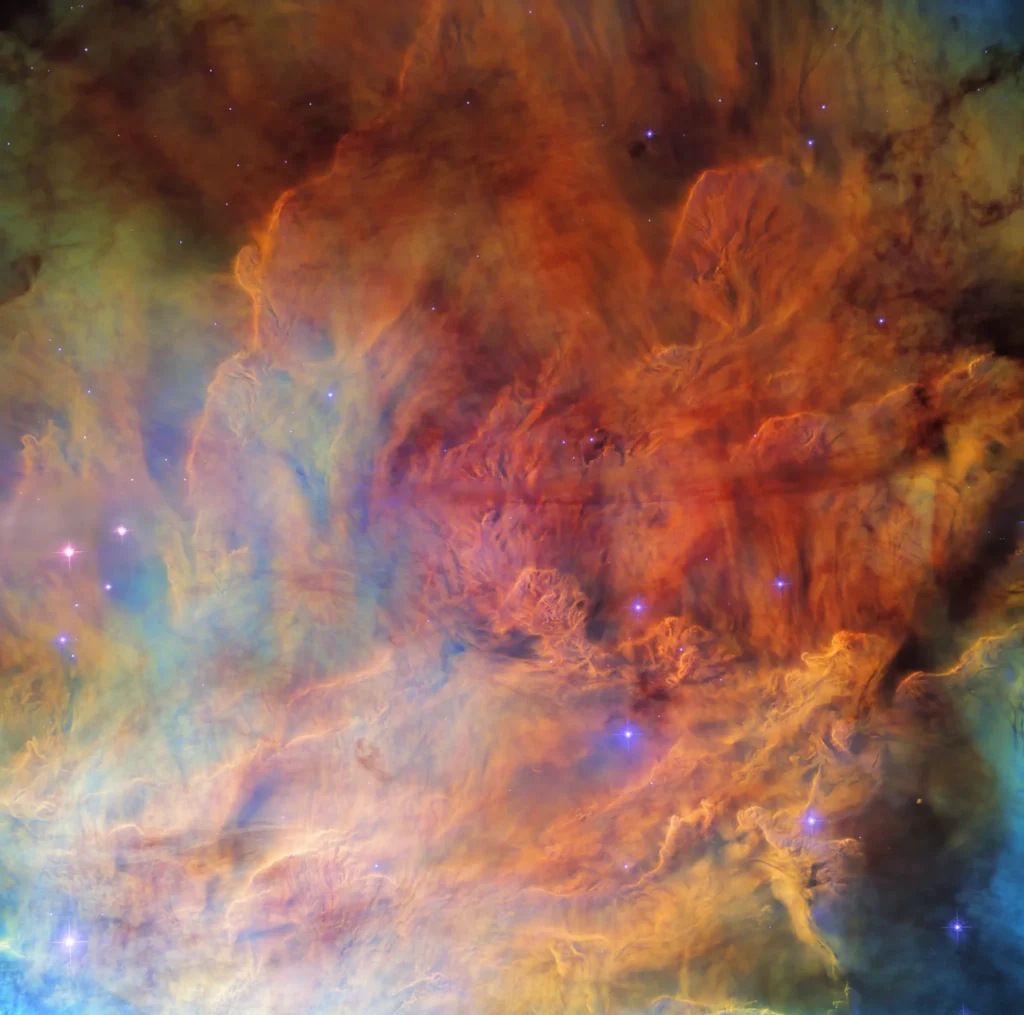
Saturn, the second largest planet in our solar system, is a celestial spectacle known for its mesmerizing rings and a retinue of intriguing moons. Its gaseous composition, layered structure, vibrant atmosphere, and dynamic ring system have captivated astronomers and the public alike for centuries.
Here are the top 10 questions about Saturn searched on Google and YouTube:
1. What is the composition of Saturn’s rings?
Saturn’s rings are made up of countless particles of ice, dust, and rock. The particles range in size from microscopic dust grains to chunks of ice that are several meters across.
2. How did Saturn’s rings form?
There are two main theories about how Saturn’s rings formed. One theory is that they formed from the debris left over from the formation of Saturn itself. The other theory is that they were captured from other objects, such as comets or asteroids.
3. Why are Saturn’s rings so bright?
The particles in Saturn’s rings are so bright because they are reflecting sunlight. The ice particles in particular are very reflective, and they can scatter sunlight in all directions.
4. How many moons does Saturn have?
Saturn has 82 moons that have been confirmed, and there may be many more that we have not yet discovered. Titan is Saturn’s largest moon, and it is the only moon in the solar system that has a thick atmosphere.
5. What is the temperature on Saturn?
The temperature on Saturn’s surface is about -170 degrees Celsius (-274 degrees Fahrenheit). This is because Saturn is so far from the Sun that it receives very little heat.
6. What is the atmospheric composition of Saturn?
Saturn’s atmosphere is mostly hydrogen and helium. There are also trace amounts of other gases, such as methane and ammonia.
7. What is the magnetic field of Saturn like?
Saturn’s magnetic field is the second strongest in the solar system, after Jupiter’s. It is so strong that it traps charged particles from the Sun, creating a giant radiation belt around the planet.
8. What is the interior of Saturn like?
Saturn is mostly made up of hydrogen and helium. It has a small rocky core at its center, and a thick layer of liquid hydrogen and helium surrounding the core.
9. How does Saturn rotate?
Saturn rotates very quickly, with a day lasting only about 10 hours. This means that Saturn spins once about every 10 hours.
10. What are the future prospects for exploration of Saturn?
NASA has plans to launch a mission to Saturn in the 2030s. The mission will use a probe to study Saturn’s atmosphere, rings, moons, and magnetic field.
You may also like:
Mercury: The Closest Planet to the Sun
Venus: The Earth’s Twin or a Very Different Planet?
Mars: Comprehensive Exploration, unveiling the Mysteries
Jupiter: A Cosmic Giant – Symphony of Storms
Saturn: A Gaseous Giant with Enthralling Rings and Diverse Moons
Useful links about Jupiter:
NASA’s Jupiter page: https://science.nasa.gov/jupiter/
ESA’s Jupiter page: https://sci.esa.int/web/juice/-/59334-exploring-jupiter
JAXA’s Jupiter page: https://global.jaxa.jp/

